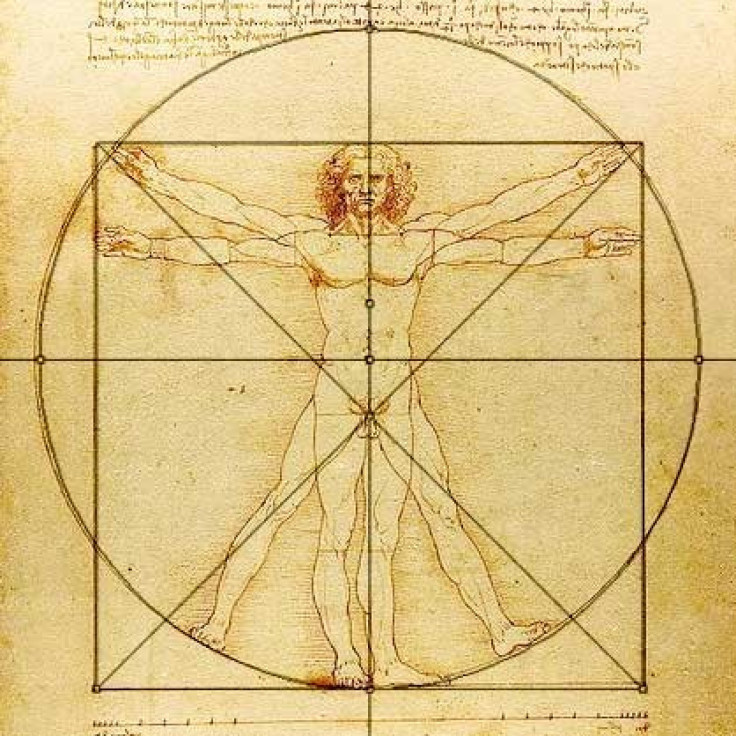'Vitruvian Man:' Da Vinci May Have Copied Drawing from Friend

Leonardo da Vinci's ink drawing of Vitruvian Man, which is famed for its symbolic connection of man and universe, could have been copied from an earlier drawing by Da Vinci's associate Giacomo Andrea da Ferrara, according to an Italian architectural historian.
Claudio Sgarbi discovered the lesser known version of the Vitruvian Man in 1986, but it is only now that he has identified its artist-Ferrara--a Vitruvius expert and close associate of Da Vinci.
Sgarbi believes Da Ferrara drew his version of the Vitruvian Man first, although he speculates that both men discussed their ideas on Vitruvius's passage that was written 1,500 years. Both Da Vinci and Ferrara are thought to have crafted their geometric drawings in 1490, CBS News reported.
Sgarbi is expected to lay out his full hypothesis in a volume of academic papers, according to Smithsonian Magazine, but some of his key arguments have already been revealed.
The scholar believes that Da Vinci and Da Ferrara had dinner together in 1490, where Da Vinci is thought to have probed Da Ferrara about his knowledge of Vitruvius. He also found en exchange between the two artists that appeared to be about Da Ferrara's illustrated manuscript, where his version of Vitruvian Man was found.
Both drawings depict a man's body fitting perfectly inside a circle--a unique representation of the human body's symmetry. But Sgarbi points out that Da Ferrara's version is full of revisions and doe not look clean next to Da Vinci's perfectly executed drawing.
An even earlier version of the drawing by architect Francesco di Giorgio Martini, was discovered by Sgardi, but it does not correspond with the specifications of Vitruvius's passage and therefore is not as noted as preceding versions.
Other Scholars have been convinced by Sgarbi's findings, but have been more inclined to think Da Ferrara's and Da Vinci collaborated in their work, as opposed to have copied.
I find Sgarbi's argument exciting and very seductive, to say the least, Indra McEwen, an architectural historian at Concordia University told Life's Little Mysteries magazine. But [I] would opt for the view that Giacomo Andrea and Leonardo worked in tandem, rather than Leonardo basing his drawing on Andrea's.
Whose was the 'original' drawing is a non-question as far as I'm concerned. Much as it is a preoccupation of our own time, I don't think it would have been an issue in Leonardo's day, McEwen added.
Patrice le Floch-Prigent, an anatomist at the University of Versailles in France, highlighted that the source was the same for both drawings. Regardless of chronology what is important is that Da Vinci's version was an improvement on Da Ferrara, she told CBS News, adding that Da Vinci's version was more faithful to the original text.
Leonardo deals with [the two propositions] by having the position of his man's arms and legs change. That, I would have to admit, makes his drawing a closer approximation to the textual description than Giacomo Andrea's, McEwen wrote.
© Copyright IBTimes 2024. All rights reserved.











